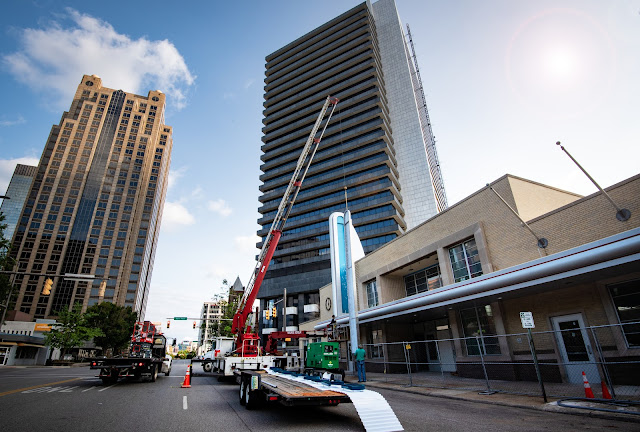I HAVE
GREATED A GO FUND ME ACCOUNT
I've spent more than three decades as an
advocate for a better built environment for people with disabilities.
For several years, I have done more than
$10,000 worth of pro bono work in the disability community.
I have an opportunity to join the family of
the late Mark Bookman + Emmy-winning documentary maker Ron Small for a series of
events previewing "Mark -- A Call to Action" in Tokyo.
The film portrays Mark's work as a global
disability inclusion leader, based in Tokyo.
Bound for PBS, it also is a call to action for
all architects, planners, engineers and more -- to create cities and places
where all people with disabilities can access all housing, workplaces, schools,
parks, arts, shopping, transit and more.
I am budgeting $4,000 for roundtrip airfare
(economy, smallest seat), hotel (pod style, lowest cost), transportation
(public transit where possible) and meals (low cost street food).
gofund.me/93c0532c
My amount of pro bono work means that for the
first time in my life, I am seeking support to help cover the expense of my
travel for research.
In addition to the premieres, I will be
meeting with key leaders in the disability community in Japan.
Many feel Japan's commitment to Universal
Design is creating inclusion for people with disabilities that rivals that
opened by the landmark Americans with Disabilities Act.
My photography of innovative design and
lifelong contacts made during my 10-day visit will inform dozens of articles
and hundreds of social media posts.
gofund.me/93c0532c
I have
written stories about best urban design practices to accommodate wheelchair
users.
I have
worked as a town planner to create better sidewalks, parks, transit and housing
for people with disabilities.
I created a
groundbreaking course on Universal Design at the highly rated University of
Miami School of Architecture.
I make
dozens of social media posts each day of the year -- sharing ideas for
inclusion and equity in civic spaces.
Your support
will allow me to continue to be a leader in planning and design of communities
that are accessible to all.
gofund.me/93c0532c

























